This article was co-authored by Laura Marusinec, MD. Dr. Marusinec is a board certified Pediatrician at the Children's Hospital of Wisconsin, where she is on the Clinical Practice Council. She received her M.D. from the Medical College of Wisconsin School of Medicine in 1995 and completed her residency at the Medical College of Wisconsin in Pediatrics in 1998. She is a member of the American Medical Writers Association and the Society for Pediatric Urgent Care.
There are 8 references cited in this article, which can be found at the bottom of the page.
This article has been viewed 86,148 times.
Head lice are tiny parasitic insects that affect human hair. Head lice are most common in children and often caused by a direct transfer from one person to another. Head lice are not caused by poor hygiene and they don’t causes infectious diseases. If you suspect that you or a family member has lice, you can run a comb through the person’s dry hair to find individual louse or lice. Although wet combing or a doctor’s visit may more effectively detect lice, dry combing requires less preparation and can give you a quicker diagnosis.[1]
Steps
Detecting Lice with a Comb on Dry Hair
-
1Buy a lice detection comb. You’ll need to get a special fine-toothed comb to detect lice. You can buy the comb from your local pharmacy, medical supply store, grocery store or large retailer.[2]
- Read the label to make sure that you have a lice comb. This type of comb will have tooth spacing of 0.2-0.3mm in order to capture the smallest lice. It may also be black to help you more effectively identify individual louse. Avoid getting a nit comb, because they often cannot detect individual louse or lice as well as lice combs.[3]
- Remember that regular combs are also not suitable for detecting lice. They don’t effectively detect lice and might even reintroduce lice back into your hair.[4]
-
2Straighten and untangle hair. Use a regular comb to straighten and detangle your hair. This prepares your hair for using the lice comb. In addition, it may also help you more effectively detect lice.[5]
- Consider wrapping a towel around your shoulders to catch falling hair that may have lice. This may keep lice from transferring to other people or areas of your home.
- Throw away the comb after using it to prevent re-infestation or transmission to another person.
- Wash and dry the towel by itself on the hottest settings possible to prevent transmission or re-infestation.
Advertisement -
3Section hair. Systematically combing through all of your hair minimizes the risk of not seeing lice. Pulling your hair into individual sections can ensure that you comb your entire head.
- Use clips or hair bands to create individual sections. Remove the clips or bands before you comb a new section. Make sure to throw away any hair bands and sterilize clips after use to prevent re-infestation or transmission to others.
-
4Run the lice comb through your hair. Once a regular comb moves easily through the hair, run the lice detection comb through your hair. Make sure to comb each individual section so that you don’t miss any lice.[6]
- Comb each section of hair from the scalp to the end three to four times. Repeated combing can ensure you effectively detect any lice in your hair.
- Be aware that lice will quickly move away from any disturbance in dry hair. Wet lice remain still, which is why wet combing may be more effective at detecting lice.[7]
-
5Look for lice. As you comb each section, make sure to examine the comb for individual louse with each pass.[8] Lice may look like dandruff, hair product residue, other small insects, or beads of dead hair tissue.[9]
- Examine hair under a bright light or with a magnifying glass to best see any lice. Trap lice that you find between your thumb and the comb. This prevents the louse from getting free or static electricity from your hair from repelling it. Put the louse on a piece of tape and then throw it away to prevent transferring lice to another person.
-
6Confirm your diagnosis. If you find a live louse, you can be confident that an active infestation is present. However, if you are unsure about something you’ve found, attach it to a piece of tape, put it in a Ziploc bag, and take it to a pharmacist, doctor, or other healthcare professional to confirm a case of lice.[10]
- Take steps to treat the lice infestation as soon as you confirmation an active case.
Treating Lice
-
1Use medication to kill lice. You can use an different medications to treat a lice infestation. Start with over-the-counter remedies and switch to a prescription medication if your lice don’t respond to initial treatment. Wash your hair with shampoo and no conditioner before applying the medication. Rinsing hair with vinegar before application can also help. Follow the packaging instructions for any lice treatment you use. Read labels for products containing the following medications:
- Permethrin, in products such as Nix
- Pyrethrin with additives, in products such as Rid and A-200 Lice Killing
- Benzyl alcohol, in prescription products such as Ulesfia
- Malathion, in prescription products such as Ovide[11]
-
2Wet-comb the hair. Comb the length of wet hair with a fine-toothed comb, lice comb, or nit comb if you want to avoid chemical treatments. This can remove some lice and nits if repeated over several weeks.
- Wet hair with water and apply hair conditioner for easier combing. Section off the hair and run the comb over the length of each section at least twice. Wipe the comb clean with a tissue and run it through hot water after you’ve combed each section.[12] Repeat wet-combing every three to four days for several weeks or until you don’t see any lice.
-
3Try essential oil. Natural plants oils may kill lice and soothe any itching you experience. Be aware that essential oils are not approved by the Federal Drug Administration to treat lice and may not meet safety or efficacy standards.
- Choose an essential oil sold at a health food store, pharmacy, or even your grocery store. Some essential oils that can kill lice are tea tree oil, anise oil, ylang ylang. Other options include neroli, ginger, jasmine, and lavender.
- Mix about 50 drops of your oil with 4 tablespoons vegetable oil. Apply the oil mixture to your entire head and cover with a plastic shower cap. After this, wrap your head with a towel for an hour before shampooing to remove lice.[13]
-
4Smother the lice. Different household products, such as mayonnaise, can kill lice by depriving them of air. Coating your hair with any of these products and leaving them on overnight may kill lice.
- Use mayonnaise, butter, petroleum jelly, or olive oil to smother lice. Make sure to coat your entire head with your chosen product. Cover your head with a shower cap and leave it on overnight. In the morning, remove the product with baby oil. Then shampoo and thoroughly rinse your hair.[14] Repeat the process until you can’t find any lice.
-
5Stay away from flammable products. Never treat lice with products that are flammable. Some people may recommend covering your hair in kerosene or gasoline, but these can seriously harm your health and may catch on fire if exposed to open flames.
-
6Clean household items. Although lice don’t generally live longer than one day off of the scalp, it’s advisable to clean household items. Wash and clean any personal items used within the past two days to minimize the risk of transmission to others.
- Wash fabrics including bedding, towels, clothing, and stuffed animals in hot and soapy water. Set your washer to at least 130 degrees Fahrenheit (or 54.4 degrees Celsius).
- Wash personal care items like brushes and combs in hot, soapy water. Soak the item for 5-10 minutes. Then dry the item thoroughly with a tissue or paper towel.
- Seal non-washable items in a plastic bag for two weeks. This can deprive the lice of air and kill them.
- Vacuum floors and upholstered furniture. Throw away the vacuum bag or clean the filter when you are finished to prevent re-infestation.
Expert Q&A
-
QuestionI have lice, and I'm scared to tell my mom. I think I'm getting them from my boyfriend's house. I'm scared to tell my mom because I've already had lice, and she had to cut strands of hair .
 Laura Marusinec, MDDr. Marusinec is a board certified Pediatrician at the Children's Hospital of Wisconsin, where she is on the Clinical Practice Council. She received her M.D. from the Medical College of Wisconsin School of Medicine in 1995 and completed her residency at the Medical College of Wisconsin in Pediatrics in 1998. She is a member of the American Medical Writers Association and the Society for Pediatric Urgent Care.
Laura Marusinec, MDDr. Marusinec is a board certified Pediatrician at the Children's Hospital of Wisconsin, where she is on the Clinical Practice Council. She received her M.D. from the Medical College of Wisconsin School of Medicine in 1995 and completed her residency at the Medical College of Wisconsin in Pediatrics in 1998. She is a member of the American Medical Writers Association and the Society for Pediatric Urgent Care.
Board Certified Pediatrician If you don't treat the lice, it can get worse and spread more easily to others, so it's important to treat it. I encourage you to tell your mom. But if you really don't want to tell her, tell another adult relative and see if they can help you. You could also ask a pharmacist to help you find the right treatment.
If you don't treat the lice, it can get worse and spread more easily to others, so it's important to treat it. I encourage you to tell your mom. But if you really don't want to tell her, tell another adult relative and see if they can help you. You could also ask a pharmacist to help you find the right treatment.
Things You'll Need
- Lice comb
References
- ↑ http://www.nhs.uk/Conditions/Head-lice/Pages/Diagnosis.aspx
- ↑ http://www.nhs.uk/Conditions/Head-lice/Pages/Diagnosis.aspx
- ↑ http://www.nhs.uk/Conditions/Head-lice/Pages/Diagnosis.aspx
- ↑ https://www.chc.org/mistaken-advice/
- ↑ http://www.nhs.uk/Conditions/Head-lice/Pages/Diagnosis.aspx
- ↑ http://www.nhs.uk/Conditions/Head-lice/Pages/Diagnosis.aspx
- ↑ https://www.chc.org/mistaken-advice/
- ↑ http://www.nhs.uk/Conditions/Head-lice/Pages/Diagnosis.aspx
- ↑ https://www.mayoclinic.org/diseases-conditions/head-lice/symptoms-causes/syc-20356180
- ↑ http://www.nhs.uk/Conditions/Head-lice/Pages/Diagnosis.aspx
- ↑ http://www.mayoclinic.org/diseases-conditions/head-lice/basics/treatment/con-20030792
- ↑ http://www.ipm.ucdavis.edu/PMG/PESTNOTES/pn7446.html
- ↑ http://www.besthealthmag.ca/best-you/home-remedies/natural-home-remedies-head-lice
- ↑ https://www.regionofwaterloo.ca/en/doing-business/resources/Documents/Head-Lice-What-You-Need-to-Know.pdf
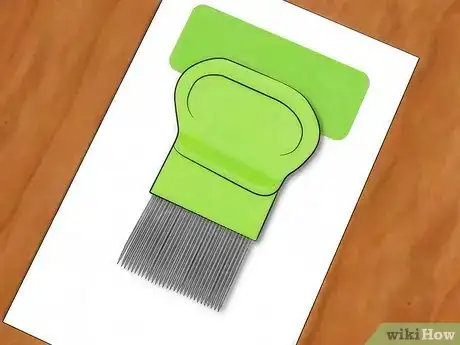
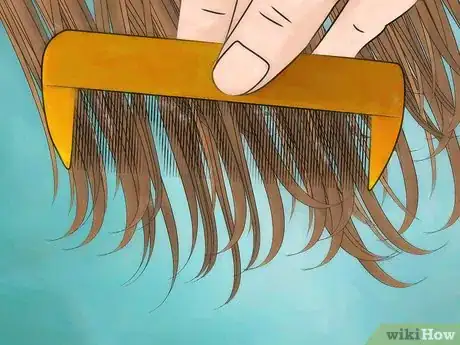
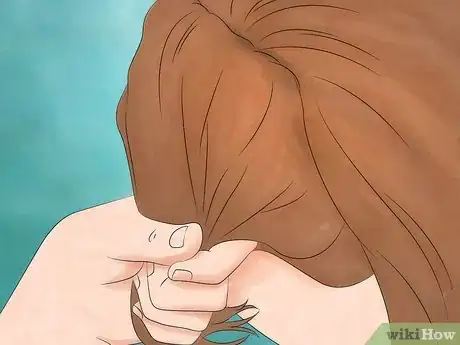
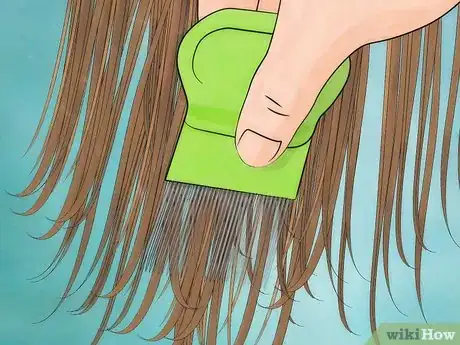
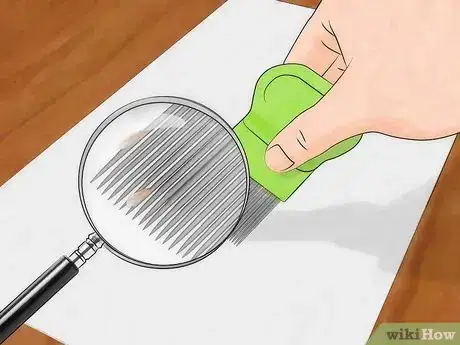
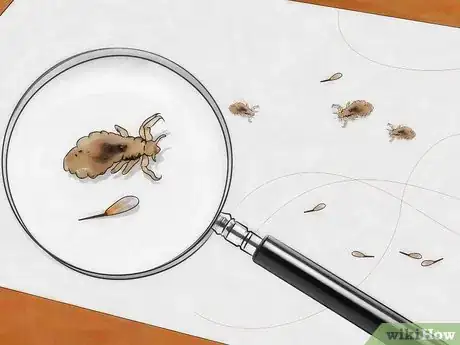

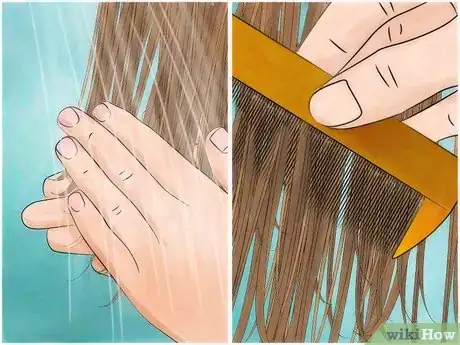
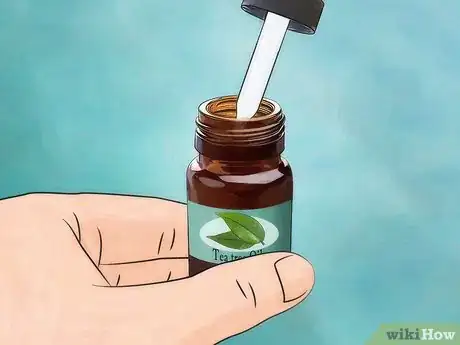
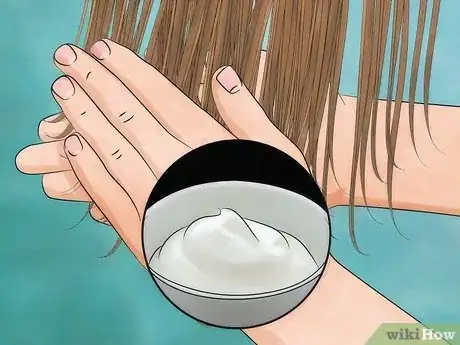
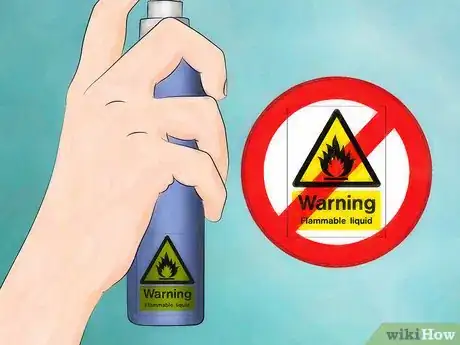
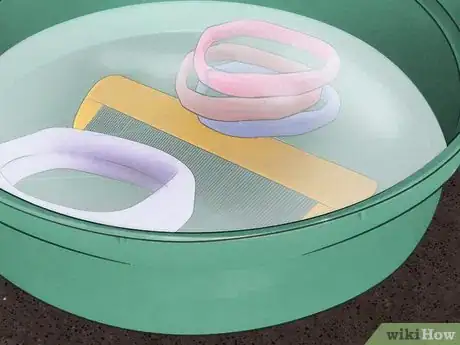

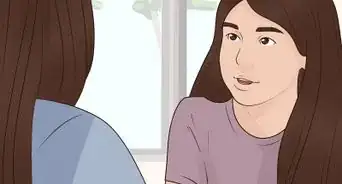
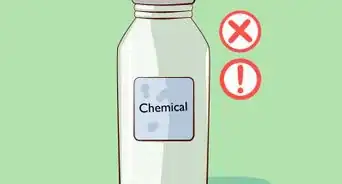


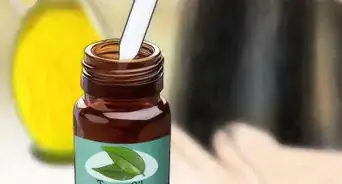


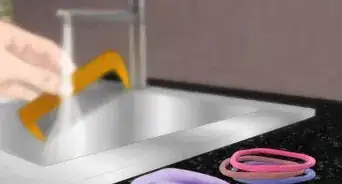










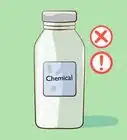
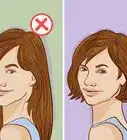



































Medical Disclaimer
The content of this article is not intended to be a substitute for professional medical advice, examination, diagnosis, or treatment. You should always contact your doctor or other qualified healthcare professional before starting, changing, or stopping any kind of health treatment.
Read More...